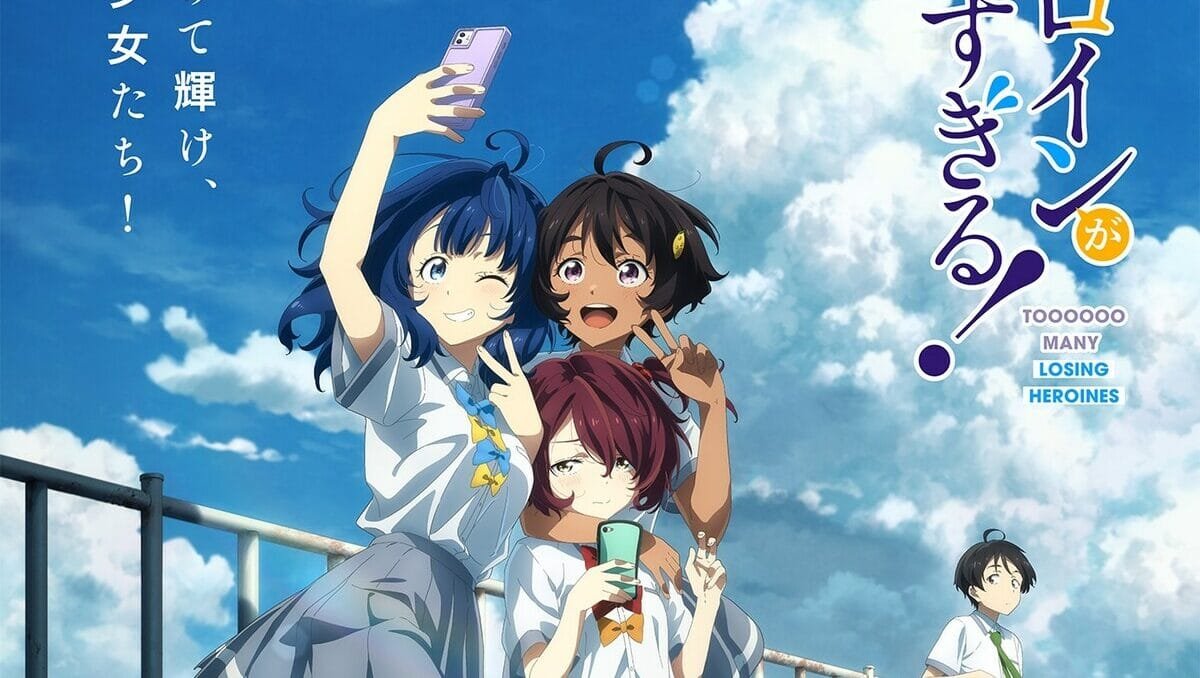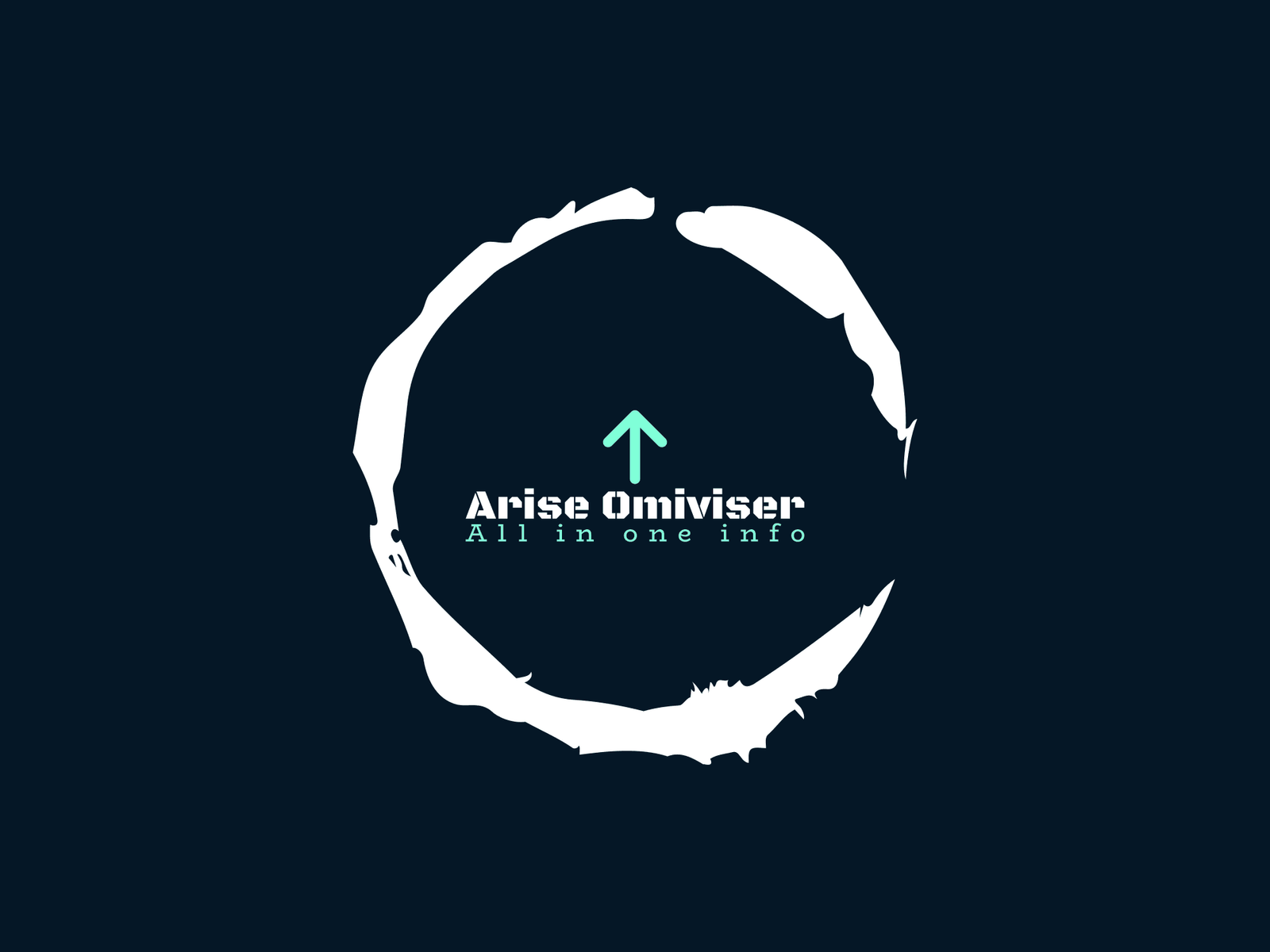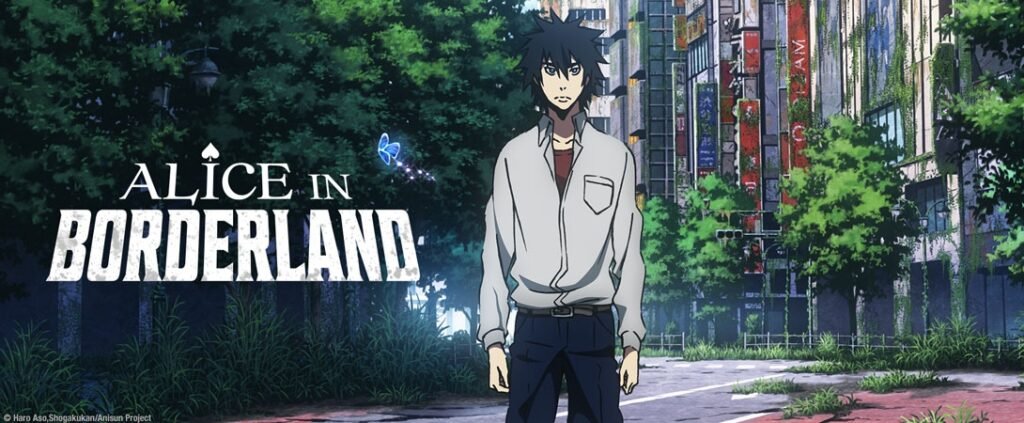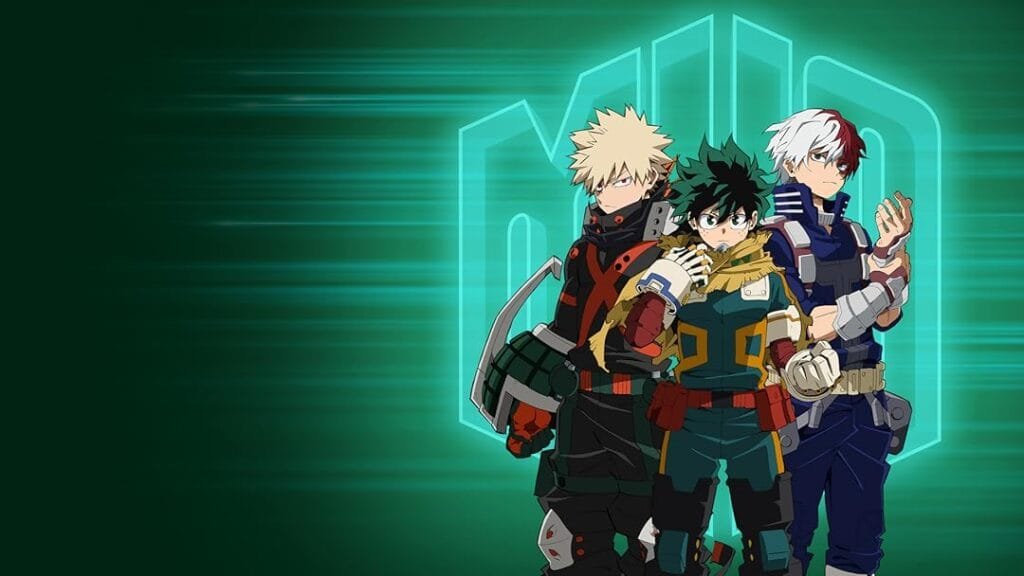Introduction to Losing Heroines
The concept of The Rise of Losing Heroines in Anime has garnered significant attention within the anime community, manifesting as a particular trope that involves female protagonists or key female characters who typically face defeat, failure, or emotional turmoil throughout their narratives. These characters are often marked by their struggles against formidable adversaries or overwhelming circumstances, leading to a sense of loss that can be both literal and metaphorical. This trope can serve various storytelling purposes, including the exploration of themes such as resilience, growth, and the complexity of emotions.
Losing heroines are commonly found in many popular anime series where their journeys are rarely characterized by unadulterated success. Instead, they navigate through challenges that often lead to outcomes contrary to traditional heroic narratives. While some may interpret this as a negative portrayal of female characters, the inclusion of losing heroines often reflects a more nuanced approach to storytelling. They allow for deeper character development, revealing vulnerabilities and showcasing the stark realities of life that even protagonists may face.
Furthermore, the rise of losing heroines in anime signifies a shift in narrative structures. As creators explore more complex character arcs, it raises questions about the expectations placed on female characters within anime. This exploration paves the way for innovative storytelling, highlighting the multifaceted nature of heroism. Overall, losing heroines contribute to a richer tapestry of anime narratives, prompting discussions on gender representation and character development within the medium.

The Historical Context of Heroines in Anime
- The Rise of Losing Heroines in Anime ,The portrayal of heroines in anime has undergone significant transformations since the early days of the medium. Originally, female characters often showcased traditional feminine traits, serving primarily as supportive roles to male protagonists. These heroines were typically depicted as damsels in distress or love interests, reinforcing gender stereotypes prevalent in wider society. The appeal of these characters was often tied to their ability to evoke empathy from the audience, leading to the widespread popularity of various archetypes such as the nurturing mother figure or the innocent schoolgirl.
- In the 1990s and early 2000s, the landscape started to shift as anime began to explore more diverse characterizations of female leads. The rise of shoujo and seinen genres introduced stronger, more complex heroines who displayed assertiveness and independence. However, the focus frequently remained on male protagonists, with female characters’ development being secondary. This resulted in a continuation of the trend where many notable female characters were often placed in situations where they were systematically outmatched by their male counterparts, reinforcing the notion that female leads could be powerful yet still face defeat.
By the mid-2000s onwards, the emergence of “losing heroines” marked a newfound narrative direction. These characters often experience failure or significant loss in their arcs, presenting a stark contrast to the traditional heroines who emerged victorious in their respective stories. Shows like “Madoka Magica” opened the floodgates for this trend, challenging the audience’s perception of what it means to be a heroine. Instead of merely serving as background support, these losing heroines highlight emotional depth and vulnerability, prompting viewers to explore themes of failure and resilience. As the anime industry evolves, it continues to grapple with the portrayal of female leads, illustrating how the narratives have shifted significantly from past to present.
Psychological Impact on Female Characters
- The Rise of Losing Heroines in Anime .The portrayal of female characters as losing heroines in anime serves as a profound commentary on societal expectations and personal insecurities. These characters often encapsulate a narrative steeped in struggle, self-doubt, and a quest for redemption, which can resonate deeply with audiences. For many viewers, seeing a character confront their failures can evoke empathy and a better understanding of their own vulnerabilities. This aspect of storytelling allows for a reflection on the human condition, making the anime review process multifaceted as it examines not just plot elements but the underlying psychological themes.
- Moreover, the focus on losing heroines can inadvertently create a sense of relatability. Many viewers experience feelings of inadequacy in their personal lives. When these characters are portrayed with realistic flaws and failures, they reinforce the idea that imperfection is intrinsic to the human experience. This often leads to a rich discussion in various anime recommendations, where fans might express how these portrayals help them feel seen and understood. However, it is essential to acknowledge that the prevalence of such characters may also perpetuate negative stereotypes about female strength and resilience, potentially reinforcing harmful narratives about women’s roles in society.
- The psychological impact of losing heroines extends beyond individual character stories; it shapes how female characters are perceived overall in the media. Audiences may begin to internalize the belief that failure is an inevitable part of the female experience, leading to a skewed understanding of women in both fictional narratives and real life. This complexity becomes crucial in anime explain sessions, where the layers of character development are meticulously dissected. The engagement with these characters, thus, not only entertains but also challenges viewers to reconceptualize their viewpoints on femininity, success, and personal growth.
Cultural Reflections and Critiques
- The portrayal of losing heroines in anime can often serve as a mirror reflecting cultural attitudes towards gender roles and societal expectations. In various anime series, we often encounter female protagonists who face insurmountable challenges, ultimately leading to their defeat or failure. This narrative device can potentially reinforce negative stereotypes about women’s capabilities and positions within society. For instance, when a female character consistently succumbs to their male counterparts, it may perpetuate the notion that women are inherently weaker or less competent.
- Critics argue that these representations can lead to harmful implications, particularly in societies that traditionally subscribe to hierarchical gender norms. The anime “Madoka Magica” provides an interesting case study, depicting heroines who face dire consequences for their choices, thus exploring themes of sacrifice and agency. Here, while some characters do lose, they possess agency and depth, subverting simple interpretations of defeat into a commentary on choice and resilience.
- On the contrary, some anime have taken steps to challenge the archetype of the losing heroine. Shows such as “Fate/Zero” and “Attack on Titan” showcase powerful female characters who not only confront challenges head-on, but also emerge victorious, effectively debunking the notion that heroines must be confined to the role of a victim. In these narratives, female characters are portrayed not merely as supporters or secondary figures but as essential elements of the storyline who hold their ground and assert their strength.
- As these examples illustrate, while losing heroines may reflect certain cultural attitudes surrounding gender, there exists a growing body of work that strives to transcend these narratives. By critically engaging with these portrayals, anime not only provides entertainment but also invites reflection on societal values, expectations, and the potent storytelling potential that aligns with a more empowering representation of women.

Fan Reactions and Community Perspectives
The trope of losing heroines has sparked a variety of reactions within the anime community, reflecting the complexities of character reception and narrative dynamics. On social media platforms like Twitter and Facebook, fans often engage in spirited discussions about their feelings toward these characters, examining not only their narratives but also the implications of their failures. Some fans appreciate the depth that losing heroines can bring to a story, arguing that their struggles resonate with viewers who face their own challenges. This perspective suggests that narratives featuring losing heroines are relatable, as they portray the reality of setbacks and the courage to continue despite them.
Conversely, a segment of the anime audience expresses frustration with the overrepresentation of losing heroines in certain genres. Critics often describe these characters as weak or underdeveloped, claiming that they serve merely as plot devices rather than fully realized protagonists. This sentiment can be observed in various blogs and forums, where fans advocate for stronger female characters who do not conform to the trope of constant defeat. Many users, particularly on platforms like Reddit, contribute to anime reviews and discussions that challenge the notion that losing heroines are compelling or necessary to convey a meaningful story.
Moreover, the anime recommendation landscape has felt the impact of this discourse. Viewers increasingly seek series that subvert the losing heroine trope in favor of empowering narratives. As a result, some shows featuring powerful female leads are gaining prominence and recommendations, reflecting a shift in viewer preferences. While the trope of losing heroines remains prevalent, the community’s diverse responses hint at an evolving landscape where character strength and development are increasingly valued. Ultimately, these discussions contribute to a larger conversation about representation and narrative choice in anime, illustrating the tension between tradition and innovation in storytelling.
Potential for Character Development
- The portrayal of losing heroines in anime often presents a rich canvas for exploring character development. These characters typically begin their journeys marked by failure or defeat, allowing for compelling narratives centered around their growth and redemption. In many instances, these heroines reflect relatable human struggles, engaging the audience with their vulnerabilities and flaws. Through their arcs, viewers witness not just their battles, but also their evolution into stronger, more resilient characters.
- Storytelling techniques such as flashbacks and internal monologues are frequently employed to provide depth and insight into the psyche of losing heroines. For instance, a character might initially be presented as tragically flawed, but as the plot unfolds, audiences are granted glimpses into their past experiences. This approach cultivates empathy, enabling viewers to understand the motivations that drive these heroines to both fail and eventually succeed. In doing so, it fosters a narrative environment where growth is not only possible but anticipated.
- Furthermore, the introduction of supportive characters often serves as a catalyst for change. Interactions with mentors or friends can lead to moments of reflection, prompting the heroines to reassess their beliefs and priorities. Through such relationships, they can learn valuable lessons about resilience and perseverance. It is in these developmental milestones that the stories of losing heroines shine, showcasing their potential for emotional and narrative depth. As they confront their shortcomings, the audience is taken on a journey that highlights the intricate balance of failure and success in life. This evolution makes them more relatable, thus enhancing their role within the series. By examining how these heroines navigate their challenges, one can see the richness of their stories and the promise they hold for profound character development within the anime landscape.
Examples of Notable Losing Heroines
In the realm of anime, numerous characters exemplify the archetype of the losing heroine, enriching narratives by embodying vulnerability and complex journeys. One prominent example is Makoto Naegi from “Danganronpa: The Animation.” Despite his best efforts to save his peers, he ultimately experiences loss and despair, illustrating how heroism does not always equate to victory. This characterization emphasizes resilience in the face of overwhelming odds, allowing viewers to connect with the themes of failure and perseverance inherent in many anime stories.
Another compelling losing heroine is Shirou Emiya from “Fate/stay night.” Although his intentions align with justice and the protection of others, he often finds himself sacrificing personal happiness for the greater good. This selfless nature, coupled with repeated failures to protect those he loves, accentuates the notion that loss is an integral part of his character arc. As viewers engage with his journey, they encounter a myriad of emotional challenges that prompt reflection on the consequences of idealism in a flawed world.
Moreover, a notable mention is Erza Scarlet from “Fairy Tail.” While she frequently showcases immense strength and resolve, her story is punctuated by significant losses, particularly regarding her past relationships and struggles. Her character exhibits vulnerability beneath her tough exterior, highlighting the emotional weight of defeat even amidst triumphs. This duality reinforces the anime’s exploration of camaraderie and the pain that accompanies growth, making her a stellar example of the losing heroine archetype.
These characters, through their losses, continue to resonate with audiences, ultimately elevating the narrative scores of the respective shows. Their arcs invite viewers to explore the depths of human emotion while underscoring broader themes associated with resilience and the struggle against adversity. Such motifs not only captivate but also enrich the experience of anime, providing fertile ground for critical anime reviews and recommendations.
Alternative Narratives in Anime

In recent years, the landscape of anime has broadened significantly, introducing a myriad of narratives that feature strong female leads who defy the typical losing heroine trope. Gone are the days when women characters were relegated to supporting roles or characterized solely by their weaknesses. Today, many anime productions showcase female protagonists embarking on journeys that emphasize empowerment, resilience, and agency. This shift not only enriches storytelling but also offers a more diverse representation of women in anime.
Take, for instance, the critically acclaimed series “Fate/Zero.” The character of Kiritsugu Emiya is often at the forefront of the narrative, yet it is the female characters, such as Saber and Irisviel, who exhibit exceptional strengths and intelligence. These women contribute significantly to the plot, demonstrating their capabilities rather than adhering to the standard losses typically associated with female characters. This reinvention of female roles is crucial in setting a new standard for anime reviews, offering audiences characters who break free from traditional stereotypes.
Another excellent example is “Madoka Magica,” where female characters face harrowing challenges but ultimately navigate their destinies with courage and critical thought. Each character, from Madoka to Homura, showcases a range of attributes, including bravery and strategic thinking, which contribute to their development beyond mere victims of circumstance. Such alternative narratives not only resonate with audiences but also facilitate deeper discussions surrounding female representation in media and the implications of the losing heroine trope.
Ultimately, these anime recommendations unveil a treasure trove of stories that focus on empowerment rather than defeat. By exploring shows that elevate female agency, viewers gain access to a richer tapestry of storytelling, paving the way for a future where women characters are celebrated for their strength rather than diminished by failure. This evolution serves as a testament to the transformative power of narratives in shaping societal perceptions of women, encapsulating a journey towards inclusive and dynamic character development.
Conclusion: A Call for Change
As the anime industry continues to evolve, the portrayal of heroines remains a significant area for discourse. The phenomenon of losing heroines has sparked a variety of reactions from audiences, leading to a critical examination of what these narratives may signify about gender representation in anime. It is essential for creators and writers to recognize the impact that their character choices have on viewers. The frequency with which we encounter losing heroines is not only a matter of storytelling choice but also a reflection of societal attitudes towards women in media.
Anime, as a form of art and storytelling, bears the responsibility of reflecting diverse experiences and perspectives. It is imperative that we shift toward more empowered and nuanced portrayals of female characters. Rather than continuing the trend of losing heroines, writers should strive to craft heroines who exhibit agency, depth, and resilience. Such characters can resonate more meaningfully with various audiences, fostering a connection that transcends mere entertainment. Empowering heroines embodying strength and complexity can drive richer narratives and pave the way for a more inclusive representation in anime.
In addition to enhancing storytelling, this call for change also serves as a challenge to writers and creators. It invites them to explore new frontiers in character development, pushing beyond the trope of losing heroines. This transition could contribute significantly to the genre, prompting a re-evaluation of existing narratives that might otherwise remain unquestioned. By embracing a broader spectrum of heroines, anime can become a platform for progressive ideas and diverse stories that support positive representation. As fans avidly engage with these stories, it is crucial to advocate for change and demand characters that reflect real-life struggles and triumphs, ensuring that no detail within the imaginative worlds of anime is overlooked.
read more about anime :-
ariseomniviser.com
Proudly powered by WordPress



